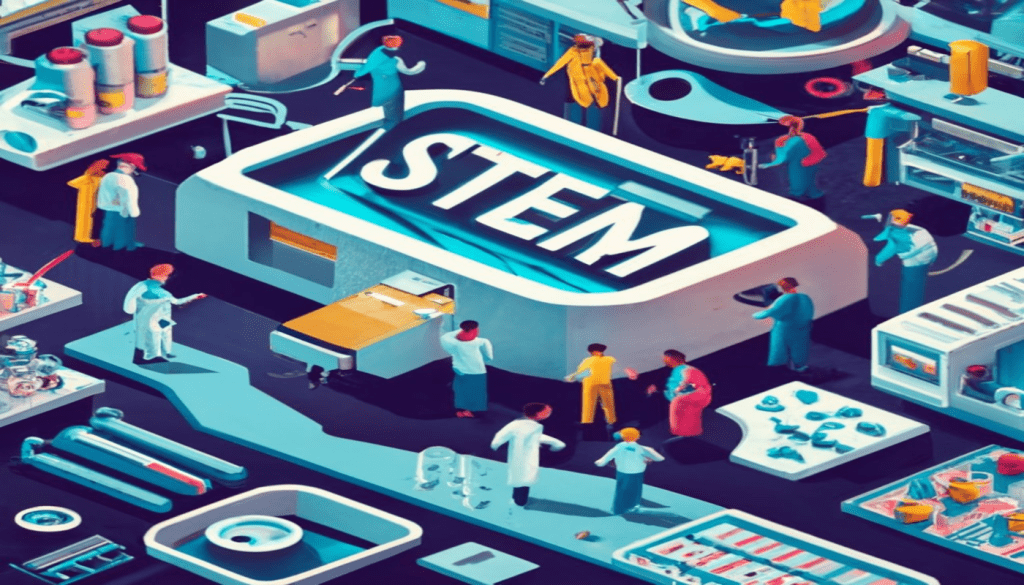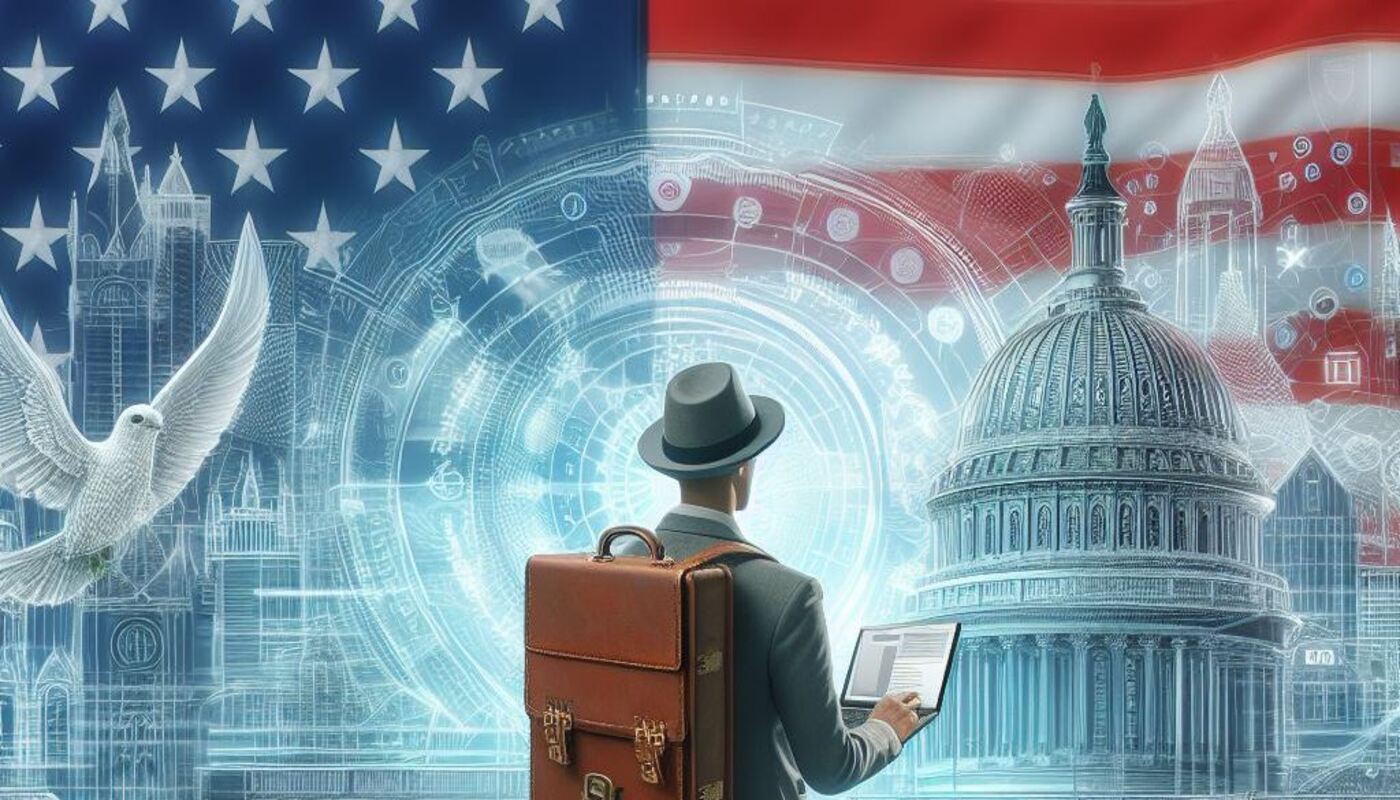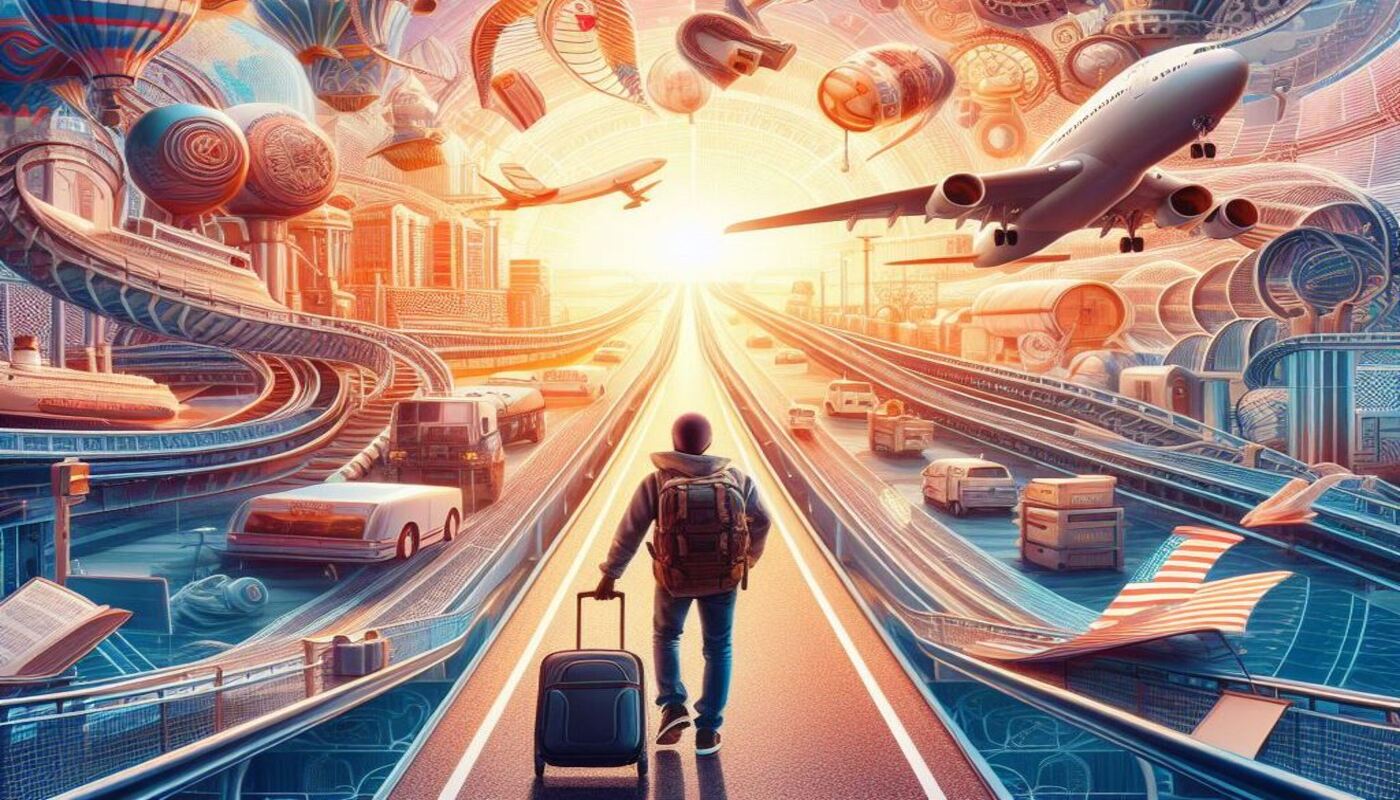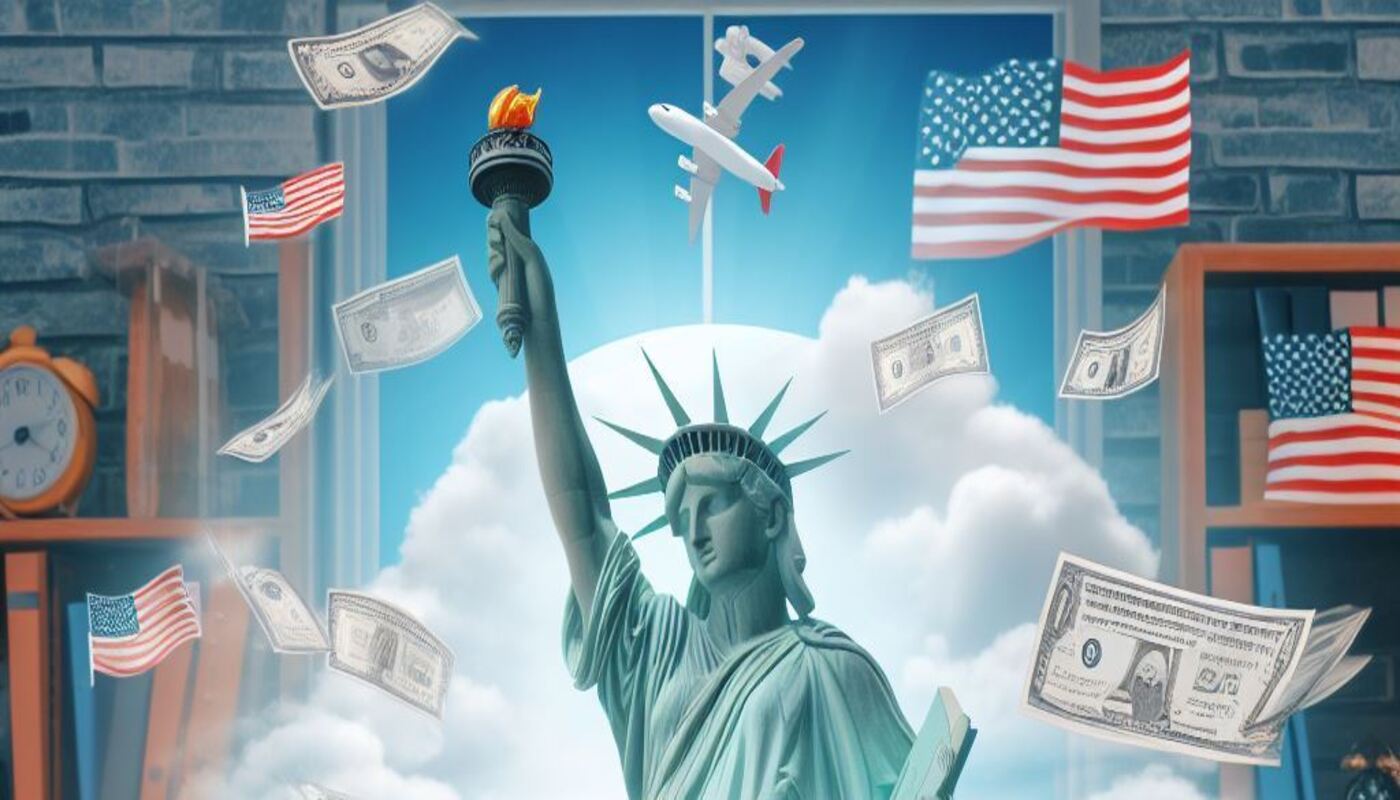Sanjay (pseudonym), an Indian-born software engineer, recently received his green card, marking the culmination of a 16-year immigration journey. This positive outcome reflects a broader trend, as newly released data from the U.S. Citizenship and Immigration Services (USCIS) indicates increased green card approvals for foreign-born workers in science, technology, engineering, and math (STEM) fields.
The surge in approvals follows USCIS’s January 2022 adjustments to guidance criteria for two visa categories available to STEM workers. One is the O-1A, a temporary visa for “aliens of extraordinary ability,” often leading to a green card. The second, governing a subset of an EB-2 visa, bestows a green card on those with advanced STEM degrees.
Exclusive data reported by ScienceInsider reveals that the number of O-1A visas awarded in the first year of the revised guidance increased by almost 30%, reaching 4570, and remained steady in fiscal year 2023. Similarly, the number of STEM EB-2 visas approved in 2022 after a “national interest” waiver surged by 55% over 2021, totaling 70,240, and maintained that level this year.
The USCIS data reflects a positive shift, with more aspiring startup founders and early-stage entrepreneurs exploring opportunities. Legal experts predict that these policy changes will lead to the creation of new technology startups that might not have emerged otherwise.
The Biden administration aims to make it easier for foreign-born STEM workers to contribute to the U.S. economy. While annual limits on employment-based green cards remain unchanged, USCIS clarified the visa process for foreign-born scientists through the 2022 guidance. This guidance affects O-1A work visas, which can be renewed indefinitely, expediting the path to a green card for high-tech entrepreneurs.
The 2022 USCIS guidance removed uncertainties surrounding the metrics used to assess O-1A visa applications, providing a clearer pathway for foreign-born scientists. Additionally, the guidance altered the criteria for the national interest waiver in the EB-2 visa category, allowing scientists to self-sponsor.
While these changes don’t modify the annual green card limits, they offer clarity and encourage STEM workers to explore viable pathways. The increased demand might influence Congress to consider raising the cap on employment-based STEM visas during broader discussions on immigration reform.
Source: SCIENCE ORG

















